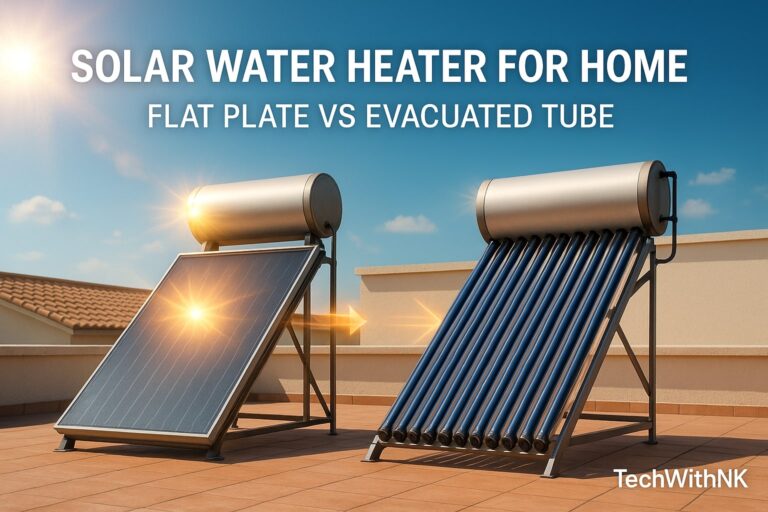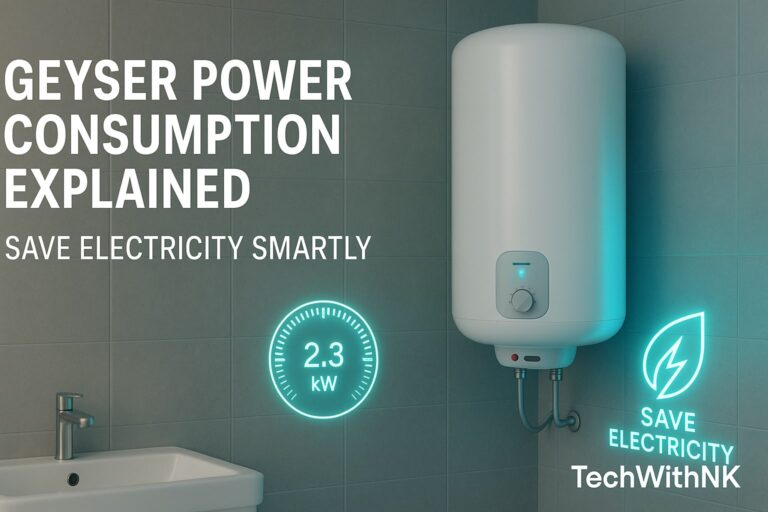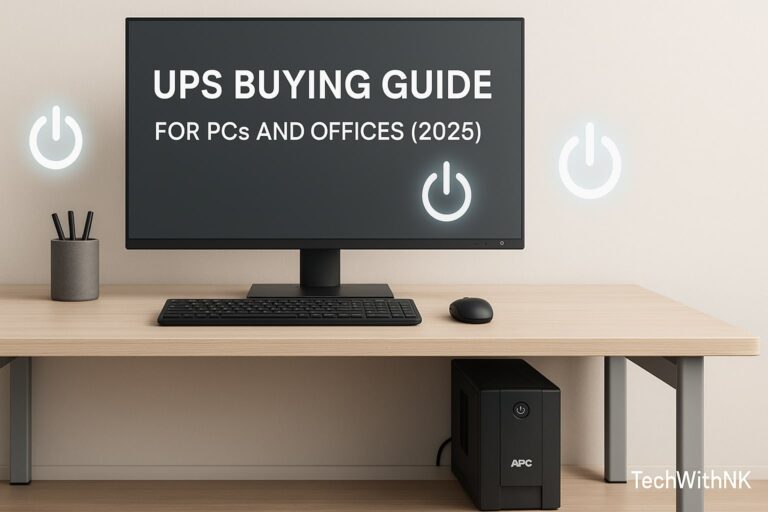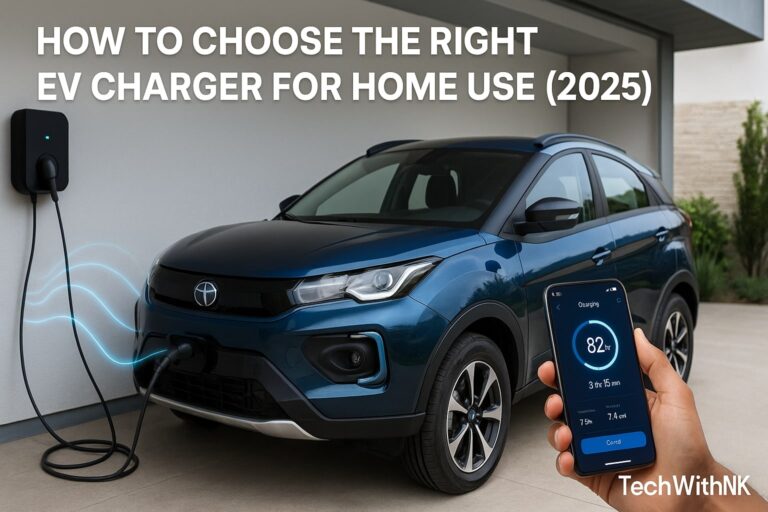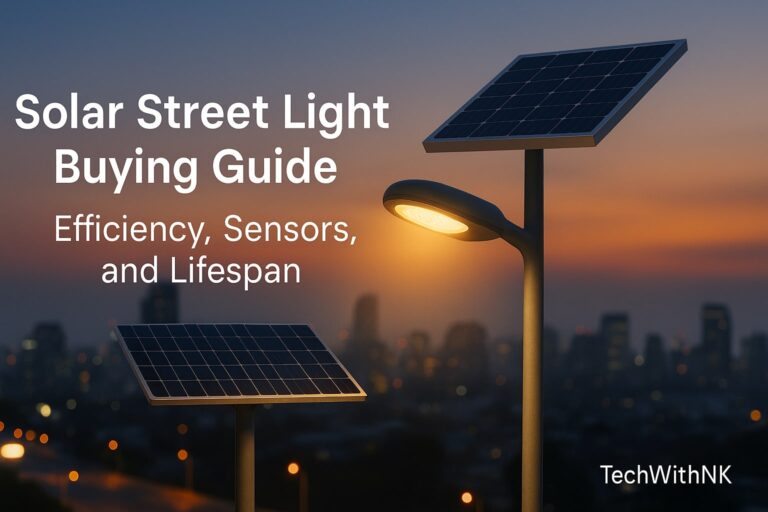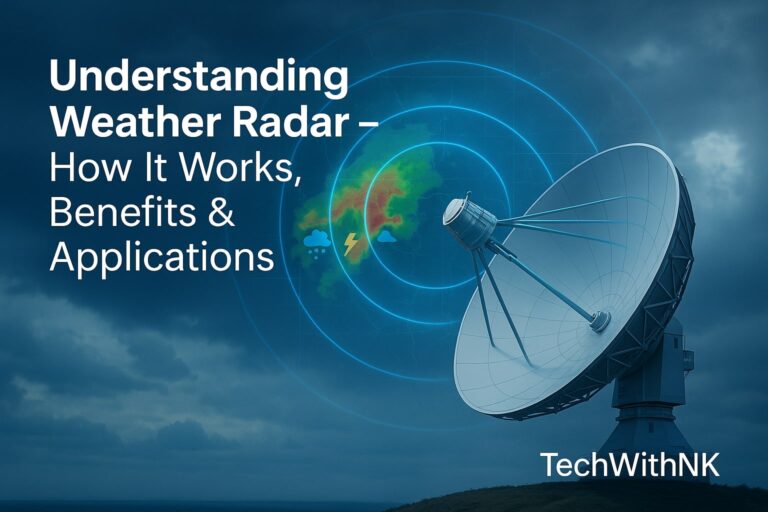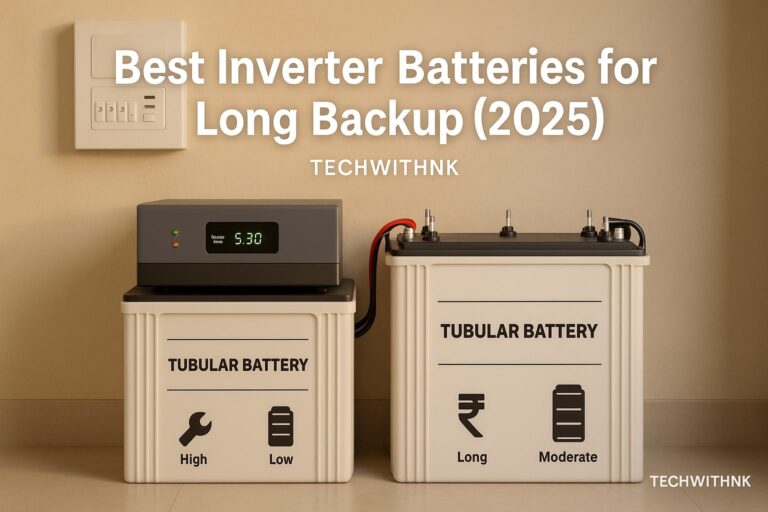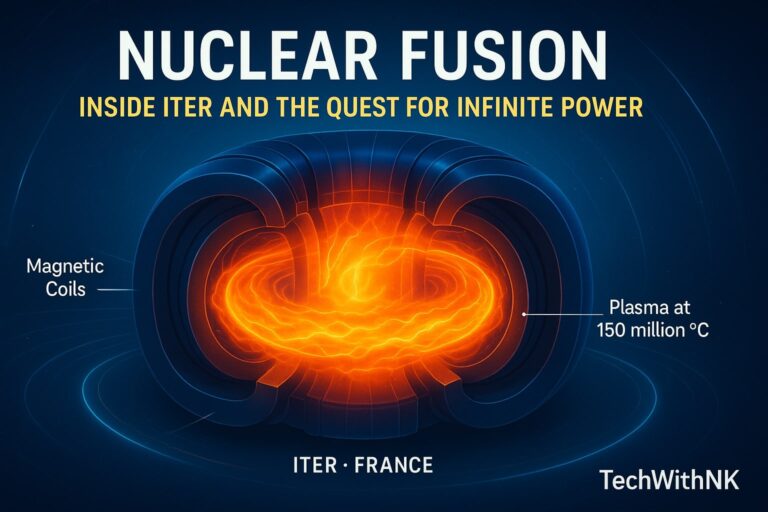🌤️ Introduction – Why Every Indian Home Needs a Solar Water Heater
As electricity tariffs and LPG costs rise every year, Indian homeowners are turning toward renewable energy solutions for their daily needs. One of the simplest and most efficient technologies is the solar water heater for home, which uses the sun’s energy to heat water — saving electricity, gas, and money.
Whether you live in a city apartment or a rural home, installing a solar water heater for home can reduce your electricity bill by up to 70% annually and help the planet by cutting CO₂ emissions.
But when you start exploring the market, you’ll find two main types:
Flat Plate Collector (FPC)
Evacuated Tube Collector (ETC)
So, which one is right for you? Let’s understand both in depth.
☀️ How Does a Solar Water Heater for Home Work?
A solar water heater for home absorbs sunlight and converts it into heat energy. This heat is transferred to water stored in an insulated tank. The system generally includes:
Solar Collector: Captures sunlight and converts it to heat.
Storage Tank: Holds hot water for later use.
Piping System: Circulates water between collector and tank.
Mounting Stand: Ensures proper tilt and sun exposure.
Working Principle:
During the day, solar radiation hits the collector.
The collector transfers heat to water.
Hot water rises naturally (thermosiphon effect) into the tank.
The stored water remains hot for 24–48 hours.

🔍 Types of Solar Water Heater for Home
There are two major technologies in India:
| Type | Abbreviation | Common Use | Efficiency | Cost |
|---|---|---|---|---|
| Flat Plate Collector | FPC | Urban homes, apartments | High (60–80%) | Expensive |
| Evacuated Tube Collector | ETC | Small families, cold regions | Moderate (50–70%) | Affordable |
Let’s explore both in detail.
🟦 Flat Plate Collector (FPC) Solar Water Heater for Home
🔹 Working Principle
An FPC solar water heater for home uses a flat absorber plate, usually made of copper or aluminum, coated with a selective material to absorb sunlight efficiently.
The plate is enclosed in an insulated box covered with tempered glass, reducing heat loss. Water flows through copper tubes welded to the plate, getting heated as it moves.
🔹 Key Features
Uses black-coated copper plates for better heat absorption.
Tempered glass cover to trap sunlight and reduce losses.
Insulated housing for durability and heat retention.
Can be integrated with a pressurized plumbing system.
🔹 Advantages
✅ Long lifespan (15–20 years)
✅ Performs well in high-temperature regions
✅ Can handle pressurized water (from overhead tanks or pumps)
✅ Durable — suitable for urban installations
✅ Less scaling issue due to copper tubes
🔹 Disadvantages
❌ Higher cost (₹30,000–₹60,000 depending on size)
❌ Efficiency drops during cloudy or foggy days
❌ Heavy and requires strong mounting structure
🔹 Ideal For
Urban homes, apartments, and bungalows in hot or moderate climates (South & West India).
🟠 Evacuated Tube Collector (ETC) Solar Water Heater for Home
🔹 Working Principle
An ETC solar water heater for home uses multiple glass tubes made of borosilicate material. Each tube has two layers with vacuum insulation between them, minimizing heat loss.
Sunlight heats the inner tube, and water or heat transfer fluid inside it absorbs the heat, rising to the storage tank.
🔹 Key Features
Made of evacuated glass tubes (usually 47–58 mm diameter)
Vacuum layer prevents heat loss, improving performance in cold regions
Lightweight and easy to install
Works efficiently even in low sunlight conditions
🔹 Advantages
✅ Affordable (₹20,000–₹40,000)
✅ Better performance in cold or hilly regions
✅ Lightweight and low maintenance
✅ Ideal for small families
🔹 Disadvantages
❌ Tubes are fragile — can break with impact
❌ Not suitable for pressurized water systems
❌ Scaling possible in hard-water areas
❌ Shorter lifespan (8–12 years) compared to FPC
🔹 Ideal For
Small homes, rural setups, or houses in cold climates (North India, Himalayan foothills).
⚖️ Flat Plate vs Evacuated Tube – Detailed Comparison
| Parameter | Flat Plate Collector (FPC) | Evacuated Tube Collector (ETC) |
|---|---|---|
| Material | Copper/Aluminum Plates | Borosilicate Glass Tubes |
| Efficiency | 60–80% | 50–70% |
| Temperature Range | Up to 90°C | Up to 70°C |
| Water Pressure Compatibility | Pressurized | Non-pressurized |
| Durability | High | Moderate |
| Cost | High | Low |
| Maintenance | Low | Moderate |
| Hard Water Suitability | Good | Poor (needs softener) |
| Best For | Urban & commercial use | Cold & rural areas |
💧 Capacity Selection for Solar Water Heater for Home
When choosing a solar water heater for home, size depends on family members and usage.
| Family Size | Capacity Needed | Recommended Type |
|---|---|---|
| 2–3 members | 100 LPD | ETC |
| 4–6 members | 200–250 LPD | FPC or ETC |
| 6–8 members | 300–500 LPD | FPC preferred |
| >8 members | 500+ LPD | FPC with pressurized system |
(LPD = Litres Per Day)
💰 Price & ROI – How Much You Can Save
A solar water heater for home is an investment that pays for itself.
| Capacity | Approx. Cost (ETC) | Approx. Cost (FPC) | Annual Savings (Electric Geyser replaced) |
|---|---|---|---|
| 100 LPD | ₹20,000–₹25,000 | ₹30,000–₹40,000 | ₹6,000–₹8,000 |
| 200 LPD | ₹25,000–₹35,000 | ₹40,000–₹55,000 | ₹10,000–₹12,000 |
| 300 LPD | ₹40,000–₹50,000 | ₹55,000–₹65,000 | ₹15,000+ |
👉 Payback period: 2–3 years, after which you enjoy free hot water for the next decade.
🌍 Government Subsidy in India (2025 Update)
The MNRE (Ministry of New and Renewable Energy) and many state governments offer subsidies for solar water heater for home installations.
Subsidy: Up to 30% of system cost
Available through: State Renewable Energy Agencies (e.g., GEDA, MEDA, KREDL)
Documents: ID proof, electricity bill, installation photos
Mode: Direct Bank Transfer after inspection

🧰 Maintenance Tips for Solar Water Heater for Home
Clean collector surface monthly to remove dust.
Check for leaks in joints or pipes.
Flush hard water deposits every 6 months.
Replace vacuum tubes if damaged.
Insulate pipes for winter use.
With simple care, your system can last over 15 years.
🏭 Top Brands in India (2025)
| Brand | Type | Warranty | Popular Model |
|---|---|---|---|
| Tata Power Solar | FPC | 10 Years | Tata SolarMax |
| Racold | ETC/FPC | 5–7 Years | Alpha Pro Series |
| V-Guard | ETC | 5 Years | Win Hot Eco |
| Havells | FPC | 10 Years | Solero |
| Supreme Solar | ETC | 5 Years | 200 LPD Glass Tube |
🔆 Which Solar Water Heater for Home Should You Choose?
If you live in hot cities (Delhi, Mumbai, Chennai, Hyderabad) → go for FPC
If you live in cold or hilly regions (Shimla, Leh, Dehradun) → ETC is better
If you have hard water → choose FPC with copper tubes
For budget installations → choose ETC
For pressurized systems → FPC is mandatory
🏁 Final Verdict – Go Solar, Save Energy, Live Green
Installing a solar water heater for home is one of the smartest investments for Indian families. It reduces your power bill, works reliably even without electricity, and helps fight climate change.
Between Flat Plate and Evacuated Tube Collectors, the choice depends on your region, water type, and budget — but both contribute to a greener, sustainable future.
Start your solar journey today and enjoy free hot water powered by the sun. 🌞
What is the best type of solar water heater for home?
For most Indian homes, FPC systems offer longer life and higher efficiency, while ETC models are cheaper and better for colder areas.
Does a solar water heater work on cloudy days?
Yes, but efficiency drops slightly. Many models include an electric backup heater.
Can I use borewell or hard water?
Use a descaling filter or softener, especially with ETC systems to prevent scaling.

